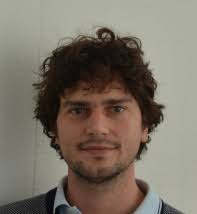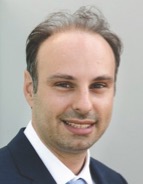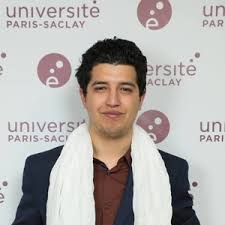
Title: Optimal Control, MPC, and Reinforcement Learning
Date and Place: 30 / 06 / 2020 14:00
Speaker: Mario Zanon (Assistant Professor, IMT Lucca, Italy)
Host: Maracas
Abstract: Data-driven control approaches such as Reinforcement Learning (RL) mitigate the issue of model construction and controller tuning by learning directly the (optimal) control law from data. While stunning results have been obtained, RL cannot provide stability nor safety guarantees. Additionally, while partial information on the system is usually available, it can be hard to use it within RL. Model Predictive Control (MPC) is an advanced control technique able to deal with nonlinear systems subject to constraints. The main idea of MPC is to use a mathematical model of the process to predict its future behavior and minimize a given performance index. The advantages of MPC are numerous, as it makes it relatively easy to handle various difficulties in control design, such as dealing with constraints, nonlinear and hybrid dynamics, etc. One of the main drawbacks of MPC is that control performance is highly dependent on the predictive ability of the model. In this seminar, we will discuss how RL and MPC can be combined with the aim of benefitting from the advantages of each while limiting the drawbacks of both. We will introduce the two techniques and present some recent theoretical results, supported by simulation results.
Biography:
Mario Zanon received the Master’s degree in Mechatronics from the University of Trento, and the Diplôme d’Ingénieur from the Ecole Centrale Paris, in 2010. After research stays at the KU Leuven, University of Bayreuth, Chalmers University, and the University of Freiburg he received the Ph.D. degree in Electrical Engineering from the KU Leuven in November 2015. He held a Post-Doc researcher position at Chalmers University until the end of 2017 and is now Assistant Professor at the IMT School for Advanced Studies Lucca. His research interests include numerical methods for optimization, economic MPC, reinforcement learning and optimal control and estimation of nonlinear dynamic systems, in particular for aerospace and automotive applications.






